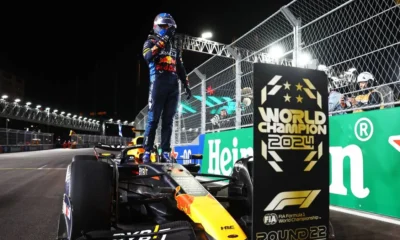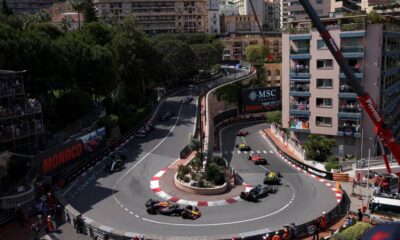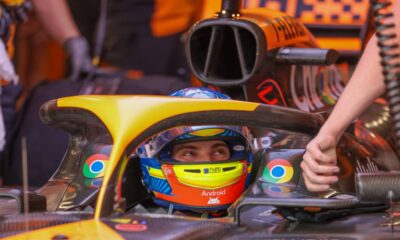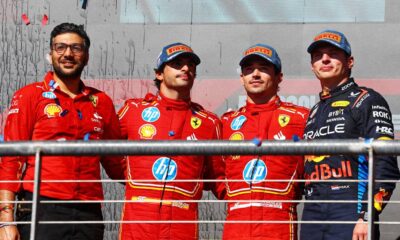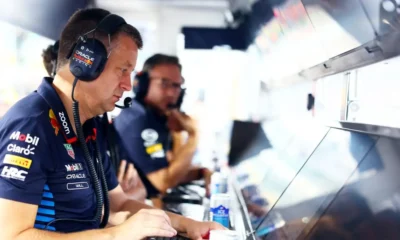More
Was Hamilton upset for nothing? Mercedes has revealed where it would have finished if not for the tyre change
To pit or not to pit? That was the question Lewis Hamilton asked himself in the Turkish Grand Prix. His team eventually forced him to stop, which infuriated Hamilton at first. But Mercedes has now come up with a prediction of where he would have finished had it not been for the tyre change.
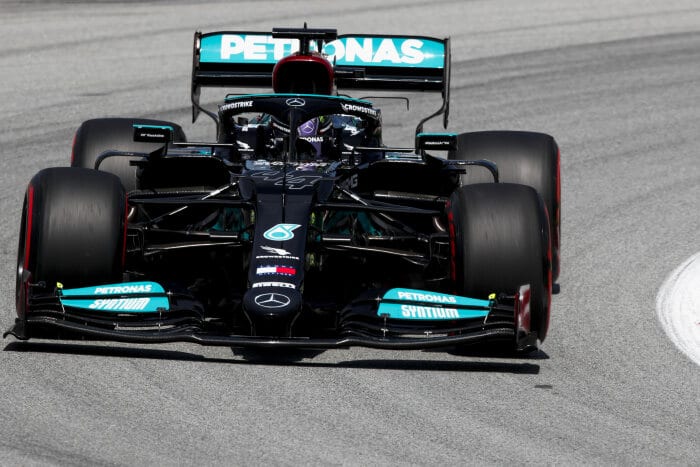
To pit or not to pit? That was the question Lewis Hamilton asked himself in the Turkish Grand Prix. His team eventually forced him to stop, which infuriated Hamilton at first. But Mercedes has now come up with a prediction of where he would have finished if not for the tyre change.
The Turkish Grand Prix offered one controversial topic, and that was whether or not to change tyres on the wet track in Istanbul. Lewis Hamilton wanted to complete the entire race without a pit stop, but his mechanics eventually called him into the pits.
To be clear, of course, that’s not possible in the dry. There is a rule that says you have to run two different tyre compounds in a race, so drivers have to make at least one pit stop.
However, if you are racing in rainy conditions or on a wet track, this rule does not apply. Mercedes called the seven-time world champion to the pits on lap 51, although Hamilton himself did not agree to the stop. Why?
Because the longer the drivers spent on one set of tyres, the more grip they had. Of course, rubber wears out during laps on a race circuit, but in these wet conditions this factor came in handy for the drivers.
Once the soft layer was off the tyre, this specification worked best of all. Hamilton struggled after his stop on the new set, and for two or three laps he was significantly slower than Charles Leclerc ahead of him.
Prior to this stop, Hamilton was in third position ahead of Leclerc and Sergio Pérez, but due to tyre wear and increasingly less grip, he would lose several more positions.
Moreover, the British driver was slowly starting to lose pace, which was the main reason why Mercedes mechanics called him into the pits. The team’s technical director, James Allison, had this to say about the situation.
“Looking at the overall results and times, the best option was a pit stop around laps 37 and 38, when Valtteri Bottas and Max Verstappen pitted,” Allison explained in Mercedes’ post-race briefing.
“If Lewis had done the same thing, he probably would have been fourth, maybe even third. That would be the optimum result for us, ” he continues.
“Instead, we stayed on the track longer, hoping the tyres would hold up. But then we realised we should have stopped. After that, we were just looking for a solution that would give us the least loss.
“According to the timing chart we use for various predictions, it looked like we would finish somewhere around seventh or eighth place with the constant tyre degradation and loss of pace,” he concluded.
Yes, Esteban Ocon made it through the race without a single pit-stop, but he finished the Turkish Grand Prix in tenth place. And above all, his main goal was to maintain a top ten finish for the Alpine F1 team.
Source

